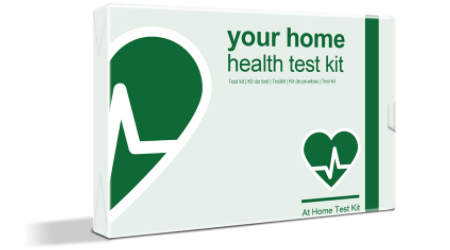Living with an allergy can be a pain, especially when it comes to a food allergy. You have to get used to checking the ingredients and asking the all too common question: “Does this have [allergen] in it?”. However, protecting yourself and your body from a potentially serious allergic reaction should always be a top priority. That’s why, if you have a wheat allergy, there are quite a few foods that you should get used to asking about or plain avoiding. Some of them aren’t quite what you’d expect, either.
5 foods to avoid with a wheat allergy
Here are 5 somewhat surprising foods that you’re going to want to avoid or at least check carefully when you are living with a wheat allergy:
- Salad dressings: The best thing about salad — if it can even be considered positive at all — is the salad dressing, right? Well, there can often be wheat ingredients used in salad dressings, so you’ll want to check the ingredients list to make sure your preferred kind is clear. This is also the case even if it’s homemade dressing.
- Pasta: Quite a few kinds of pasta include wheat ingredients, particularly when you are looking athlete whole grain or fibre-added options that are popular in the marketplace these days. Check carefully for the ingredients, especially if it’s an unfamiliar brand.
- Rice cakes: Rice cakes are supposed to be great healthy snacks that are pretty much free of everything, but quite a few of them do contain wheat and wheat ingredients. Not so fun when you have a wheat allergy. Different brands vary, however.
- Soy sauce: Quite a few sauces will have wheat ingredients in them as well. You’ll want to carefully take a look at the soy sauce that you reused to relying on and consider switching brands if it doesn’t indicate it one way or the other.
- Imitation crab meat: This is a very uncommon one when it comes to a wheat allergy in particular, but quite a lot of imitation crab meat includes a significant amount of wheat ingredients in it.
It’s important to remember that not every single option on this list is necessarily going to have wheat in it. However, these five examples are all foods that can have wheat ingredients in them. When switching brands or even trying a variation of your typical food, no matter how minor a change it may seem, it’s always good to confirm that there are no wheat ingredients hiding somewhere in the ingredients lists where you wouldn’t normally think to check for them. It could just save you from a serious allergic reaction.
While checking labels and avoiding anything you’re uncertain of isn’t the most fun in the world, it is important to make it a priority. After all, it may take extra work and time, but it’s much better than having unplanned allergic reactions — no matter how mild they may be. The next time you reach for one of these food options, double-check that you won’t be aggravating your wheat allergy.

